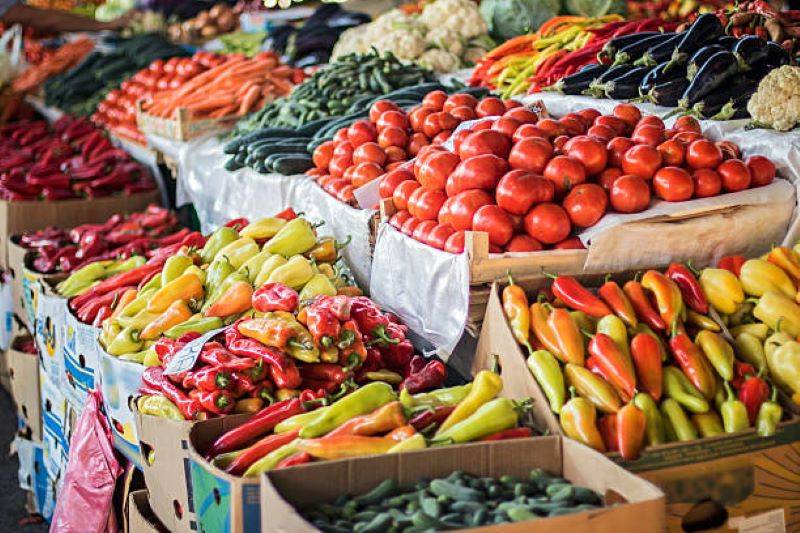
The United Nations Food and Agriculture Organization (FAO) reported that the world price index, which monitors the prices of globally-traded food commodities, reached its lowest level in over two years in June. The decline was attributed to the reduced costs of sugar, vegetable oils, cereals, and dairy products.
The FAO stated on Friday that the price index averaged 122.3 points in June, compared to a revised 124.0 points in the previous month. Initially, the May reading was recorded as 124.3 points. This new figure marks the lowest level since April 2021, indicating a 23.4% drop from the all-time peak in March 2022, which followed Russia's invasion of Ukraine.
In a separate report focusing on cereals supply and demand, the FAO projected an increase in global cereal production for this year. The estimate now stands at 2.819 billion tonnes, representing a slight rise from last month's forecast and a 1.1% growth compared to 2022 levels.
The FAO attributed this upward revision mainly to improved prospects for global wheat production, which contributed to a 0.9% increase in the wheat production forecast, reaching 783.3 million tonnes.
The FAO's cereal price index also experienced a decline, dropping by 2.1% in June compared to the previous month. Maize, barley, sorghum, wheat, and rice prices all retreated during this period. Furthermore, the vegetable oil price index reached its lowest level since November 2020, falling by 2.4% month-on-month. This decrease was driven by reduced world prices of palm and sunflower oils, which outweighed the higher quotations for soy and rapeseed oil.
The sugar price index saw a decline of 3.2% from May, marking its first drop following four consecutive monthly increases. The FAO attributed this decline to the successful progress of the 2023/24 sugarcane harvest in Brazil and weak global import demand.
In contrast, the dairy price index slipped by 0.8% from May, while the meat index remained largely unchanged during the same period.
















